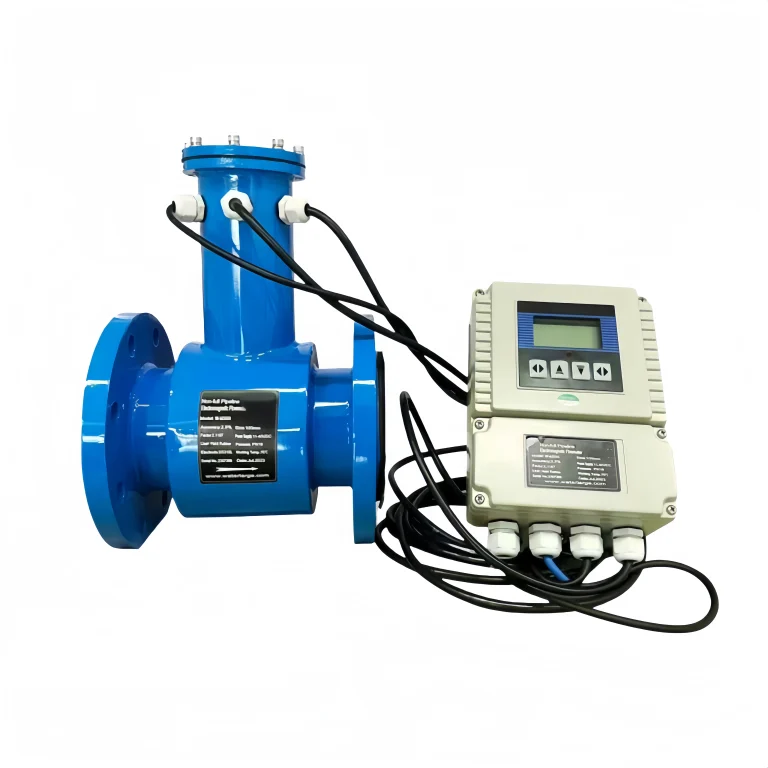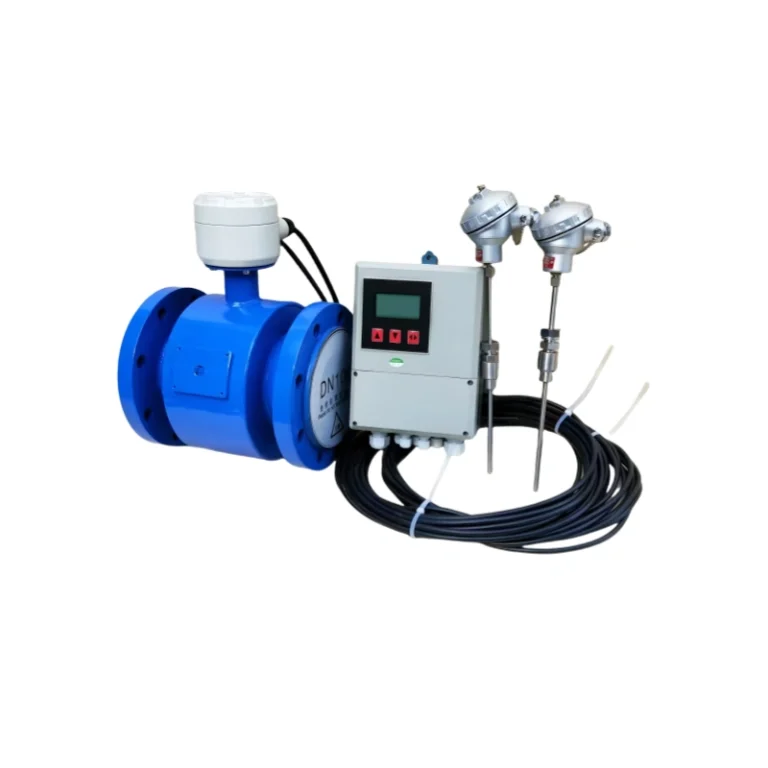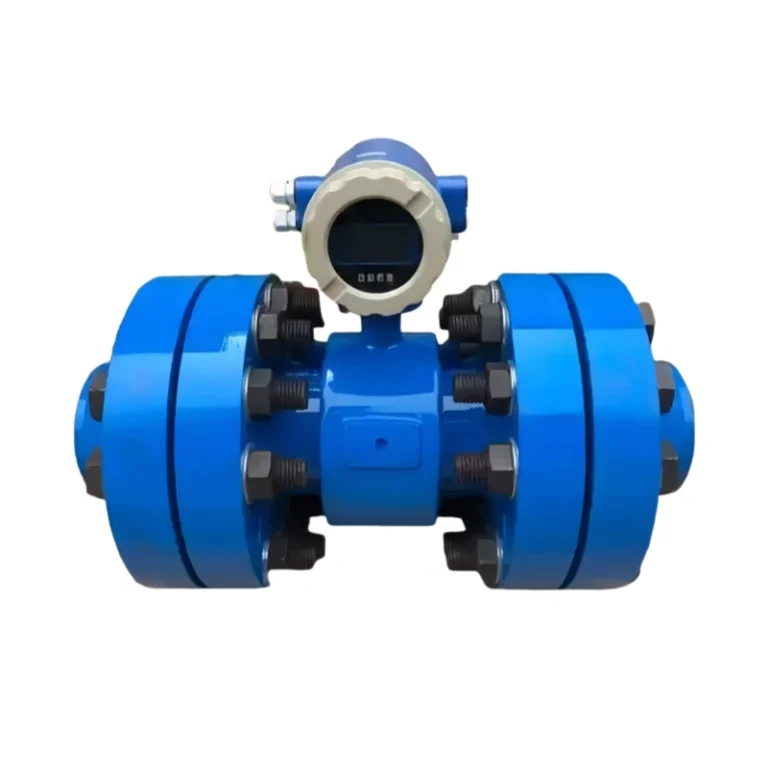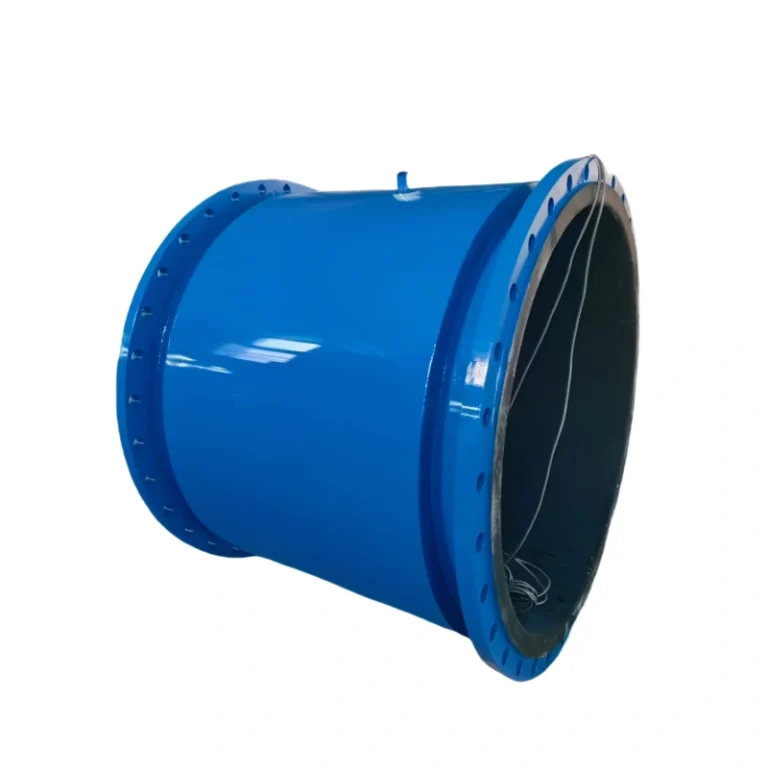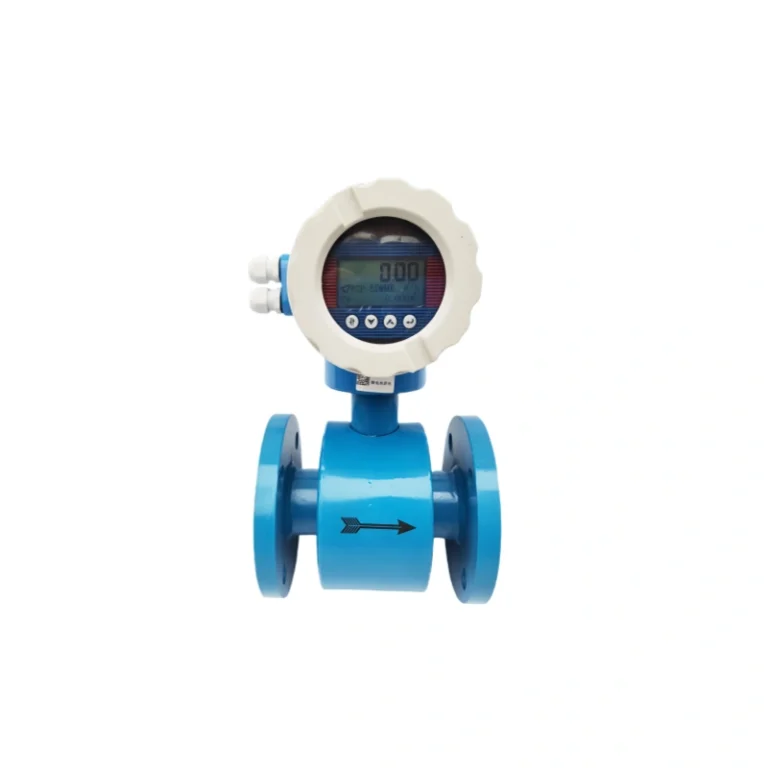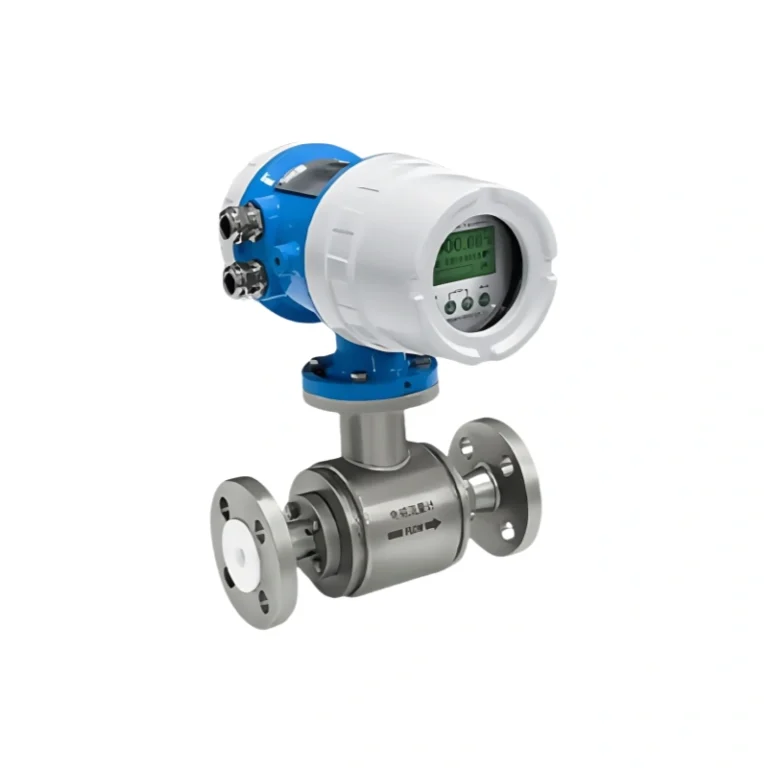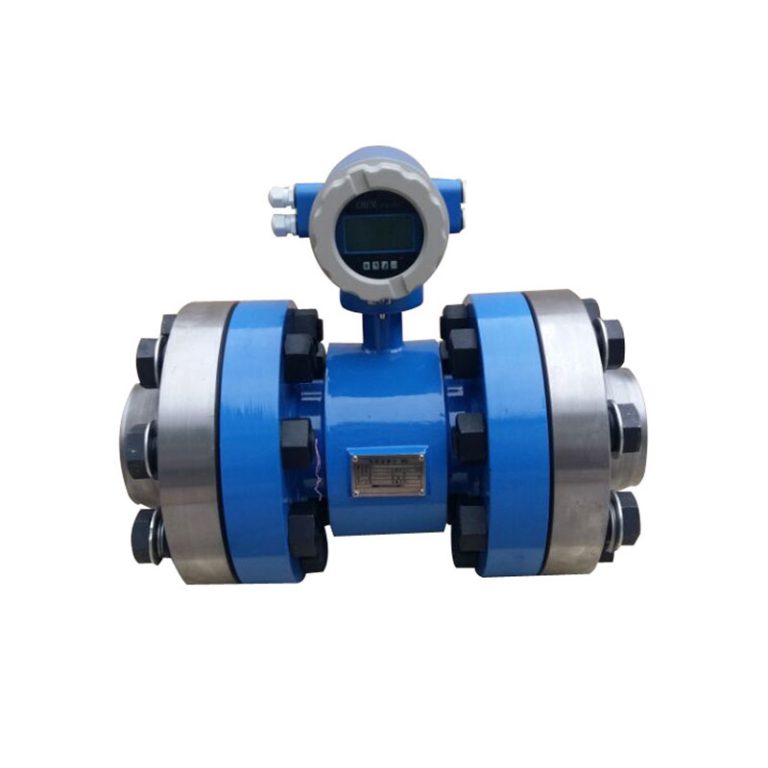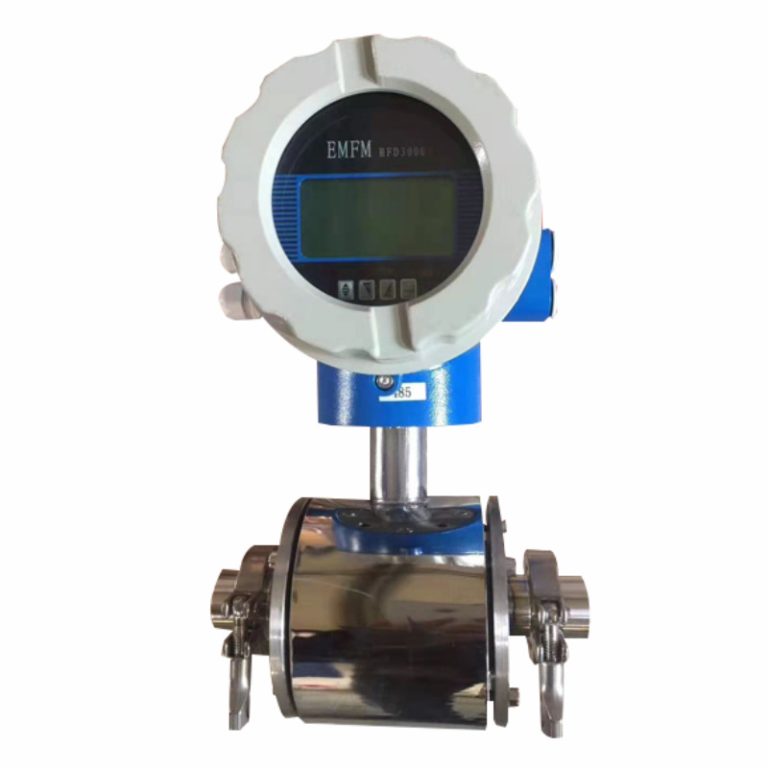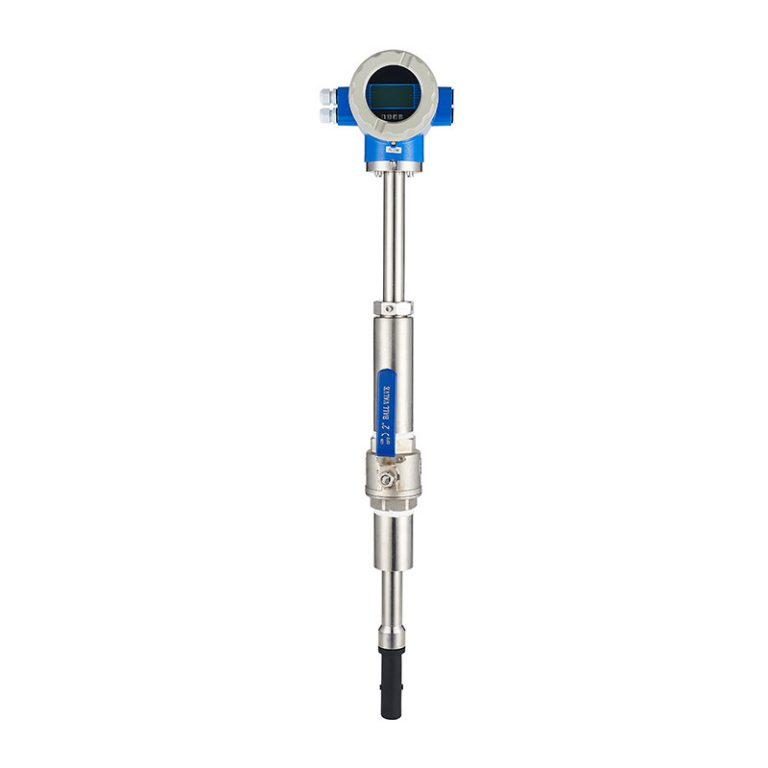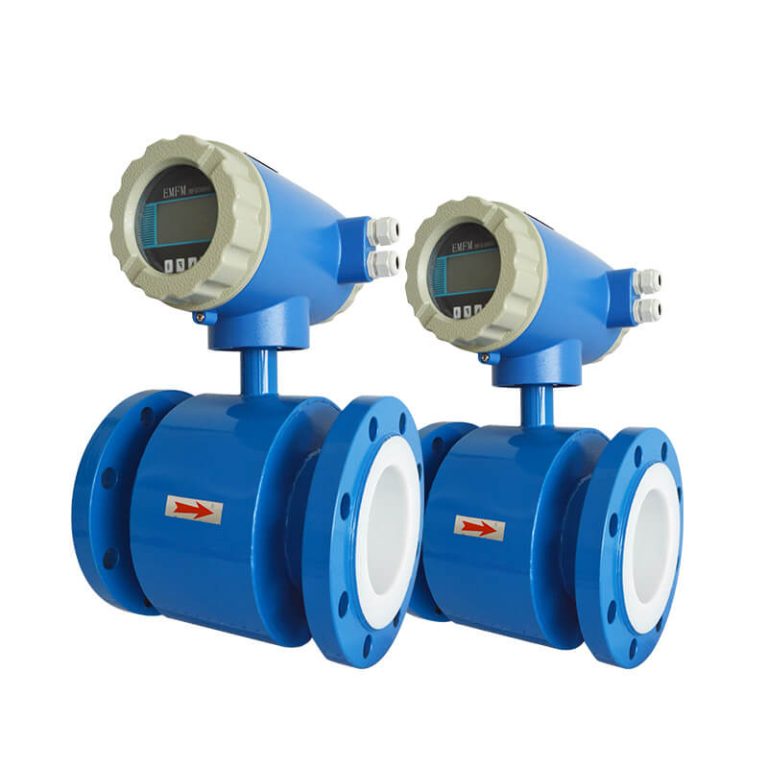Reliable Electromagnetic Flow Meters from Manufacturer
Electromagnetic flow meters (mag meter, magnetic flow meter) provide stable measurement of the volume flow of conductive liquids and slurries in closed pipes.
●Improved stability of flux measurements;
●Fast response and high stability, even for highly concentrated slurries and low conductivity fluids;
●Lined with PFA, PTFE or rubber material;
●Different combinations of electrode materials such as HC, HB, 316L, and Ti can adapt to the needs of different media;
●Diameters are available from DN6 ~ DN3200;
●When power is off, EEPROM can protect the setting parameters and accumulated values;
●It has two-way flow measurement and two-way total accumulation functions.
●Current, frequency bidirectional output function and RS-485, RS-232C, MODBUS, HART interface;
●There are no intercepting and blocking parts, so there is no pressure loss or fluid blockage;
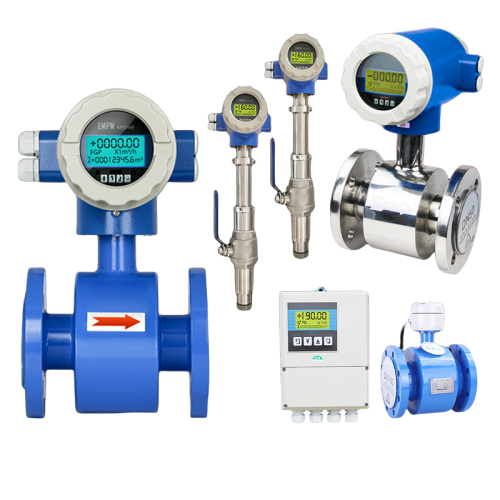
Featured Electromagnetic Flow Meters
Sino-Inst manufactures and supplies a comprehensive product line of electromagnetic flow meters. Including integrated type, split type, plug-in type, sanitary type, etc. Diameter, temperature, pressure, material, installation size, signal output, etc. can all be customized according to your needs.
High measurement accuracy, level 0.5, and good stability; measurement is not affected by changes in fluid density, viscosity, temperature, pressure and conductivity;
There are no flow-impeding parts in the measuring tube, and there is no pressure loss. Unique adaptability to serological measurement;
The main body of the flow meter can be customized with carbon steel, stainless steel and other materials. Reasonable selection of sensor lining and electrode materials can achieve good corrosion resistance and wear resistance.
The flow meter is a bidirectional measurement system with three built-in totalizers: forward total volume, reverse total volume and difference total volume; it can display forward and reverse flow rates. And has a variety of outputs: current, pulse, digital communication, HART;
Reliable Electromagnetic Flowmeters for All Industries
Sino-Inst is a leading innovator in electromagnetic flow meter measurement. We serve users in various industries around the world. Including petrochemical, steel and metallurgy, water supply and drainage, water conservancy irrigation, water treatment, total environmental sewage control, electric power, papermaking, food and other industries.
Sino-Inst are quality suppliers of electromagnetic flowmeters. Our technology is mature and delivery time is short. Support parameter customization. Widely used in volumetric flow measurement of conductive liquids and slurries in closed pipelines. Can realize system control when matched with computer.
Reliable Electromagnetic Flow Meters from Manufacturer Applications
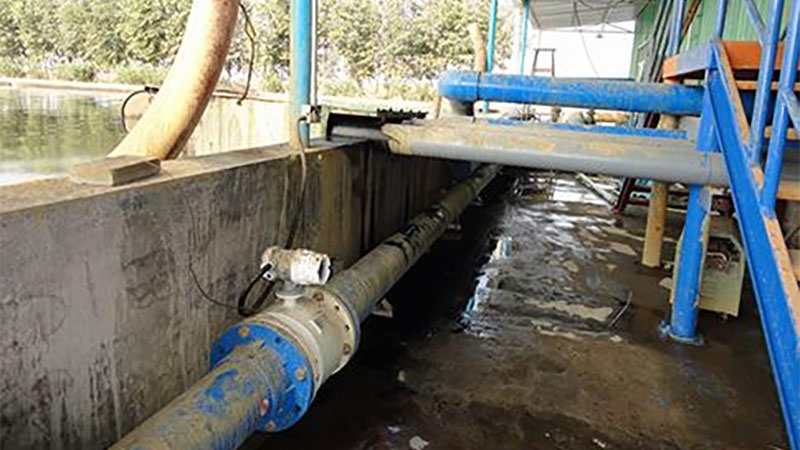
Water resources and water treatment applications
Electromagnetic flowmeter can measure water flow. Including tap water, sea water, sewage, waste water, etc. The large mouth can be plugged in to save costs.
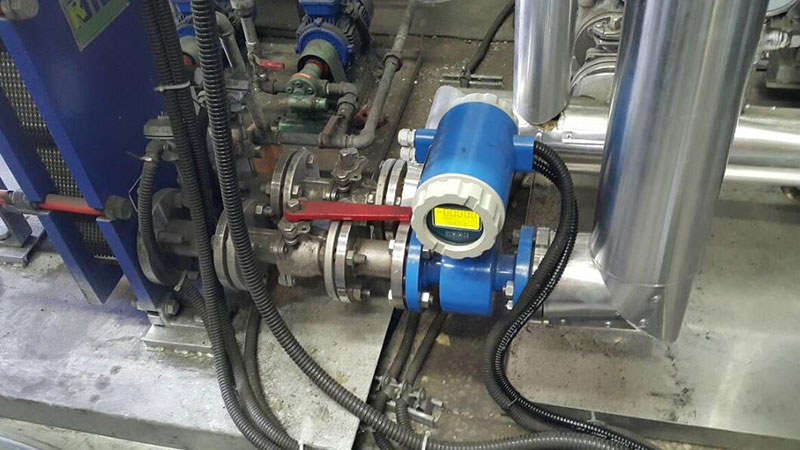
Measurement of chemical solution
Electromagnetic flowmeters are equipped with linings and electrodes made of different materials and can be used for flow measurement of chemical solutions. Solution flow rate of various acids, bases, salts, etc.
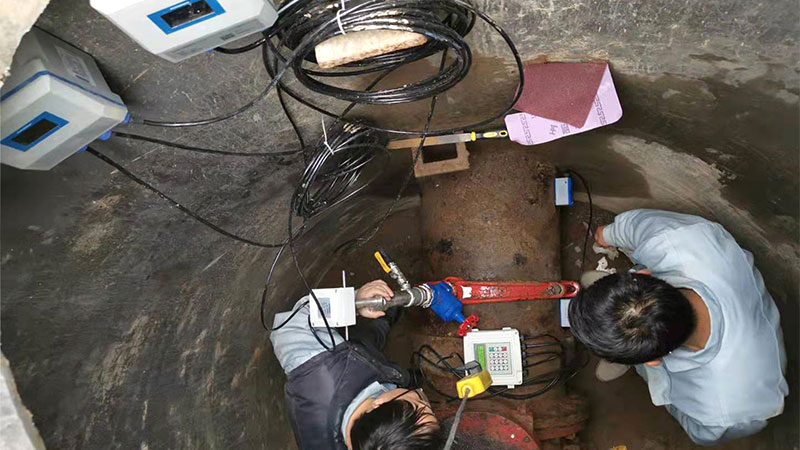
Slurry measurement
The electromagnetic flowmeter can measure the flow of mud, ore pulp, paper pulp, coal-water slurry, corn pulp, fiber pulp, grain slurry, lime milk, etc.
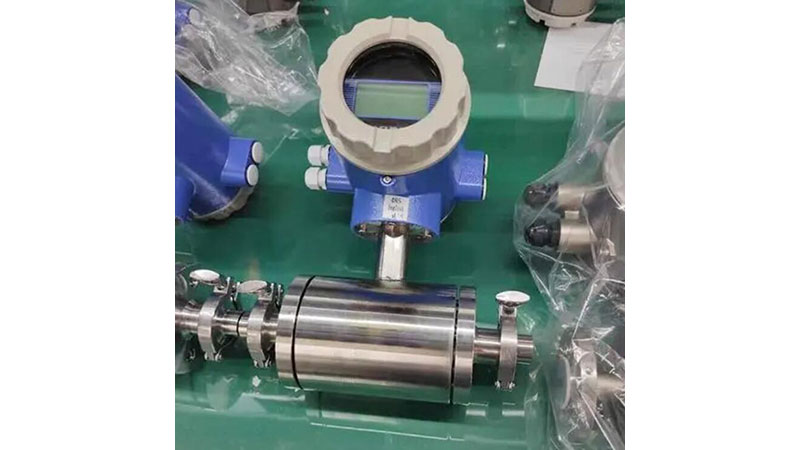
Hygienic food and medicine
Electromagnetic flowmeters can be used to measure the flow of various non-corrosive and non-crystallizing liquid media in the food and pharmaceutical industries. Beer, milk, juice, wort, various beverages, etc.
More Information
Electromagnetic flow meter working principle
The measurement principle of electromagnetic flowmeter is based on Faraday’s law of electromagnetic induction.
The measuring tube of the flow meter is a short non-magnetic alloy tube lined with insulating material. Two electrodes penetrate the tube wall along the diameter direction and are fixed on the measuring tube. The electrode tip is basically flush with the inner surface of the liner. When the excitation coil is excited by a bidirectional square wave pulse, a working magnetic field with a magnetic flux density B will be generated in the direction perpendicular to the axis of the measuring tube.
At this time, if a fluid with a certain conductivity flows through the measuring tube, it will cut the magnetic lines of force and induce an electromotive force E. The electromotive force E is proportional to the product of the magnetic flux density B, the inner diameter of the measuring tube d and the average flow velocity V. The electromotive force E (flow signal) is detected by the electrode and sent to the converter through the cable.
After the converter amplifies the flow signal, it can display the fluid flow and output pulses, simulated current and other signals for flow control and regulation.
E=K*B*d*V
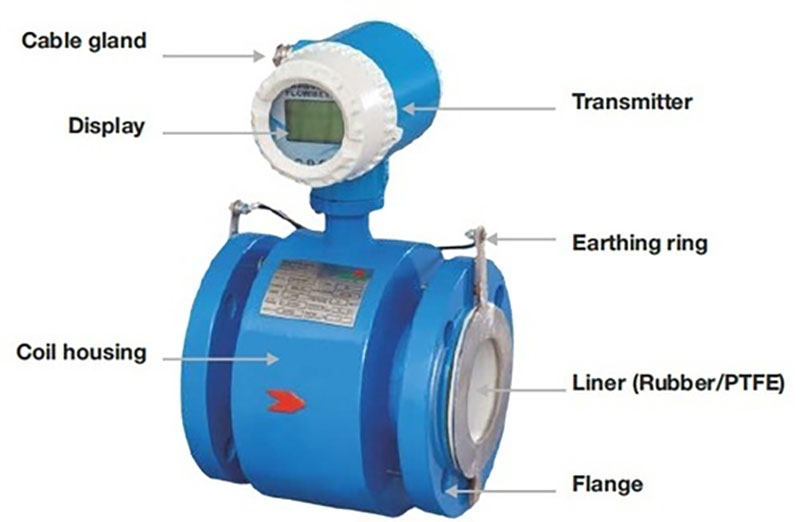
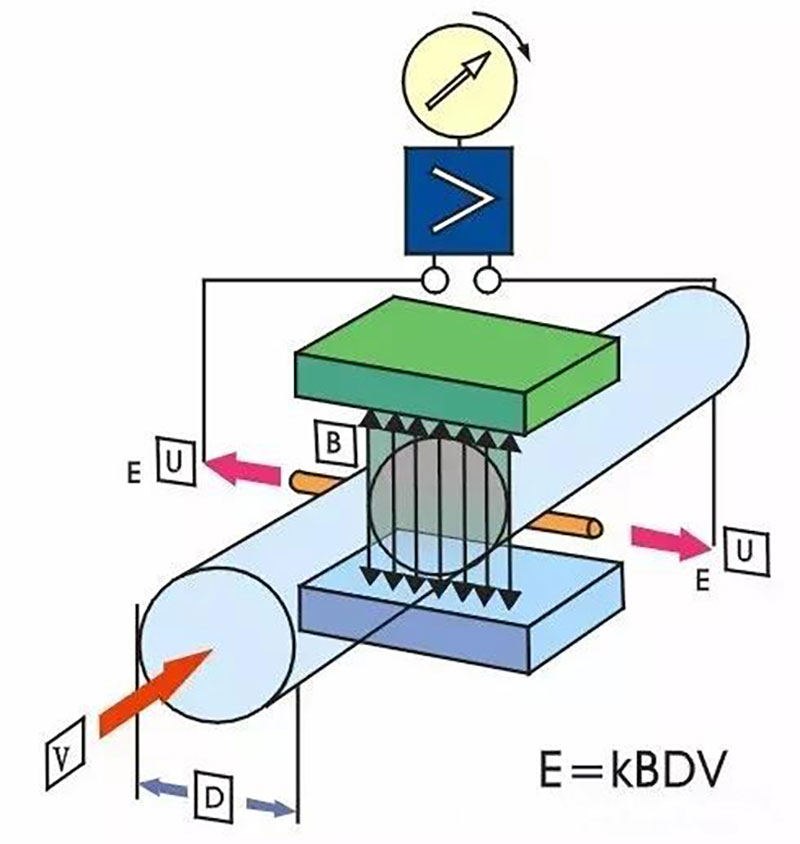
In the formula:
E—is the signal voltage (V) between electrodes
B—Magnetic flux density (T)
d—Measuring tube inner diameter (m)
V—Average flow velocity (m/s)
In the formula, K and d are constants. Since the excitation current is constant, B is also a constant. From E=KBdV, it can be seen that the volume flow rate Q is proportional to the signal voltage E, that is, the signal voltage E of the flow rate induction is proportional to the volume flow rate Q. linear relationship.
Therefore, the flow rate Q can be determined as long as E is measured. This is the basic working principle of electromagnetic flowmeter.
It can be seen from E=KBdV that parameters such as temperature, pressure, conductivity of the measured fluid medium, and the liquid-solid composition ratio of the liquid-solid two-phase fluid medium will not affect the measurement results. As long as the flow state conforms to axisymmetric flow (such as laminar flow or turbulent flow), it will not affect the measurement results. Therefore, the electromagnetic flowmeter is a true volumetric flowmeter.
For manufacturers and users, as long as ordinary water is used for actual calibration, the volume flow rate of any other conductive fluid medium can be measured without any correction. This is an outstanding advantage of the electromagnetic flowmeter and is superior to any other flowmeter. What it doesn’t have. There are no moving or flow-blocking parts in the measuring tube, so there is almost no pressure loss and high reliability.
Electromagnetic flow meter accuracy
The accuracy of an electromagnetic flowmeter refers to the accuracy of its measurement results. Generally speaking, the accuracy of our Sino-Inst electromagnetic flowmeter is 1% or ±0.5%. This means that if the actual flow rate is 100m³/h, the flow meter measurement may be between 99m³/h and 101m³/h or between 99.5m³/h and 100.5m³/h.

